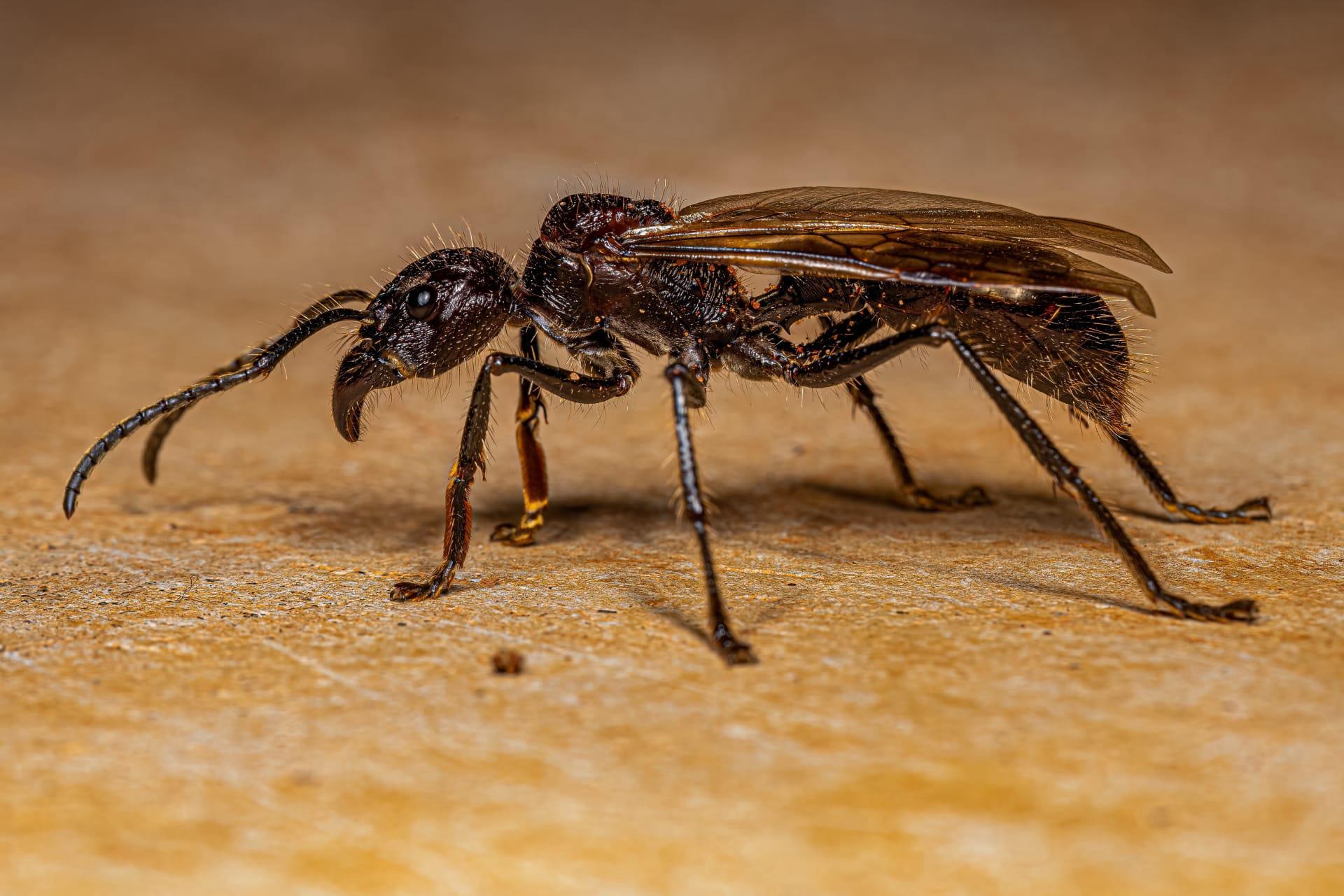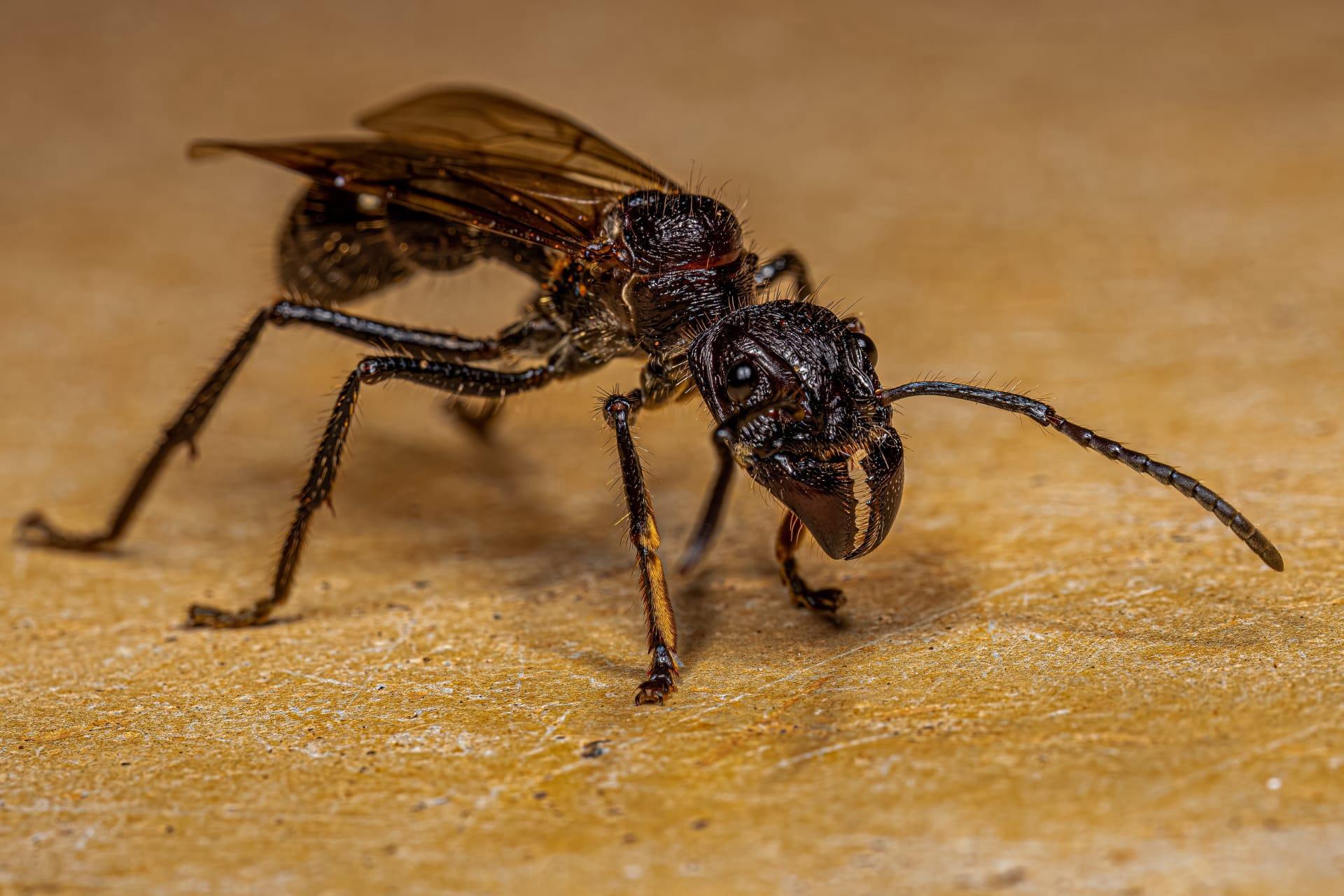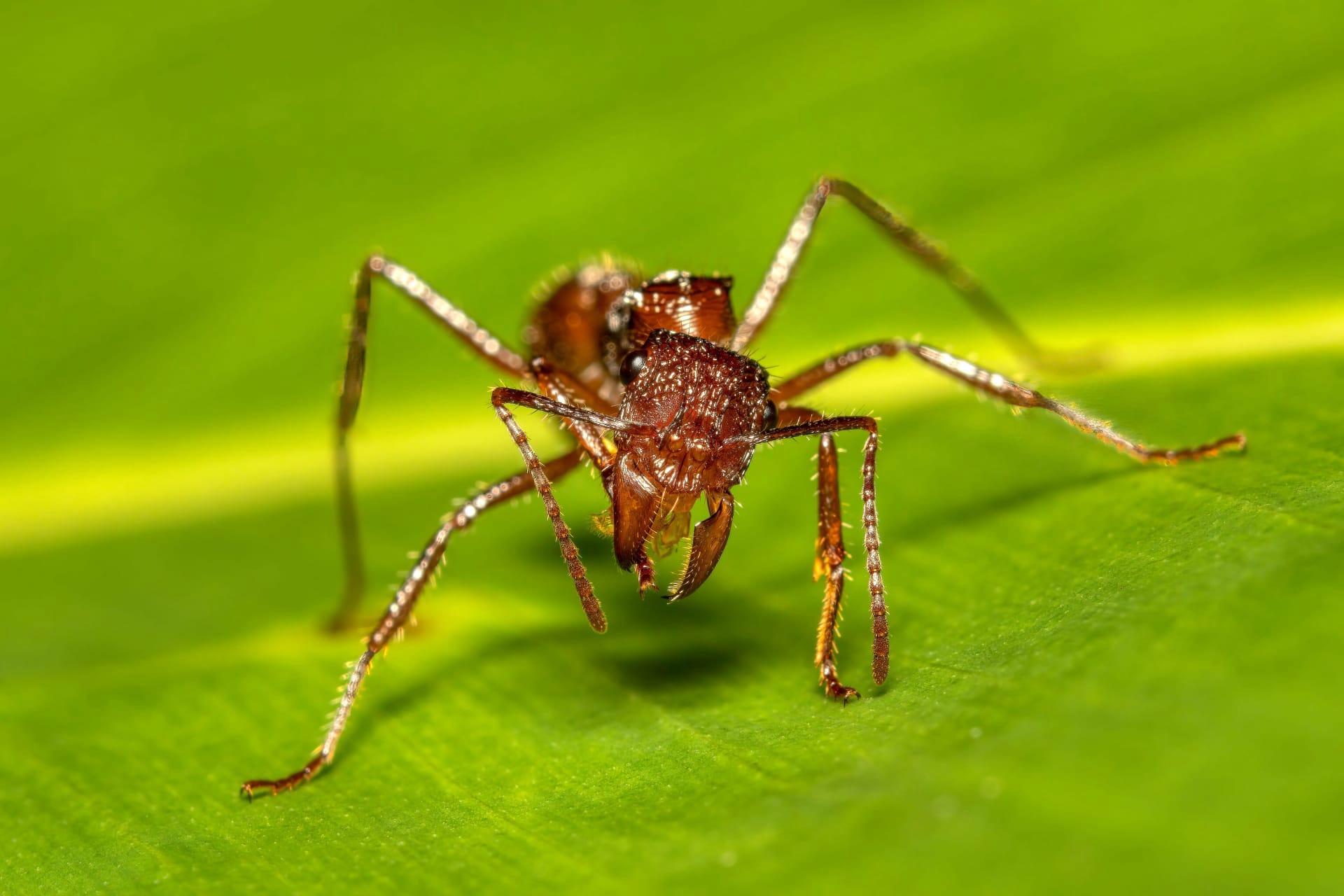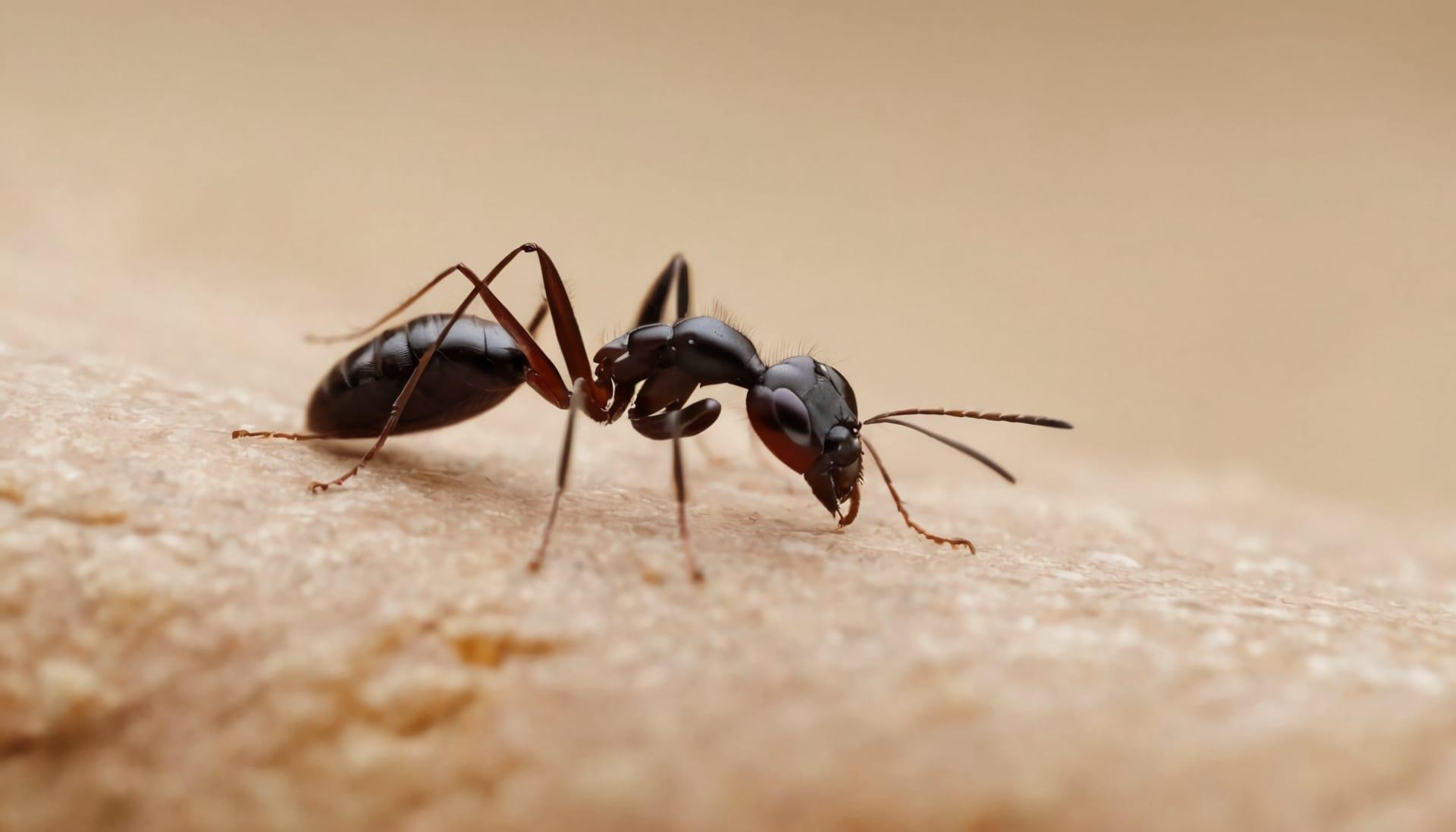Bullet Ant Characteristics
- Home /
- Mini Encyclopedia /
- Animal /
- Bullet Ant Characteristics
1
Bullet ants, scientifically known as Paraponera clavata, are impressive creatures notable for their size and longevity. These ants are among the largest in the world, measuring about 1.2 inches (around 3 centimeters) in length. Their lifespan is remarkable for an insect, with some living up to 2 years. This longevity is a testament to their resilience and adaptability in various environments.
The most distinctive organ of the bullet ant is its sting, located at the end of its abdomen. This sting is not only formidable in appearance but also in function. It delivers a potent venom that is considered one of the most painful insect stings known to humans. The venom contains poneratoxin, a neurotoxic peptide that affects voltage-dependent sodium ion channels and can cause intense pain, inflammation, and even paralysis in small insects.

2
Question: Why are they called "Bullet Ants"?
Answer: The name "Bullet Ant" derives from the intense pain that follows their sting, which has been likened to being shot with a bullet. The pain from a bullet ant's sting is rated as the highest on the Schmidt Pain Index, a scale for insect stings. The pain is described as immediate, excruciating, and lasting for up to 24 hours. This extreme reaction is due to the venom's powerful neurotoxic effects, which are significantly more intense than stings from typical bees or wasps.

3
In terms of movement, bullet ants are known for their agility and speed. They can traverse through dense rainforest undergrowth with remarkable ease. Their movement is characterized by quick, precise motions, allowing them to cover ground swiftly when foraging or defending their territory.
Regarding their diet, bullet ants are predominantly carnivorous. They primarily feed on nectar and small insects. Their powerful mandibles are adept at capturing and dismembering prey, which is then carried back to the colony. The ants also exhibit a unique behavior known as "honeydew farming," where they tend and protect sap-sucking insects in exchange for the sweet honeydew these insects produce.

4
Bullet ants inhabit the humid rainforest floors of Central and South America, thriving in environments ranging from Nicaragua to the Amazon basin in Brazil. These environments provide the ideal conditions for their colonies, which are often located at the base of trees or in rotting wood on the forest floor.
Reproduction in bullet ant colonies is a fascinating process. The colony has a single queen, who is responsible for laying all the eggs. She mates once in her lifetime, storing the sperm to fertilize the eggs throughout her life. The colony's hierarchy is strict, with workers and soldiers performing their respective roles. New queens and males are produced periodically, with the males leaving the colony to mate, and new queens establishing new colonies.

5
Book: "The Sting of the Wild" by Justin O. Schmidt. This book, published in the United States in 2016, provides a comprehensive overview of stinging insects, including the bullet ant. Schmidt, an entomologist, shares his experiences and insights into the world of these insects, focusing on the evolutionary purpose and mechanism behind their painful stings.
Book: "Insect Defenses: Adaptive Mechanisms and Strategies of Prey and Predators" edited by David L. Evans and Justin O. Schmidt. Released in 1990 in the United States, this book delves into the defensive strategies of insects, including the bullet ant. The authors compile research and observations from various experts, providing a detailed exploration of how insects like the bullet ant have developed unique mechanisms to protect themselves and thrive in their environments.